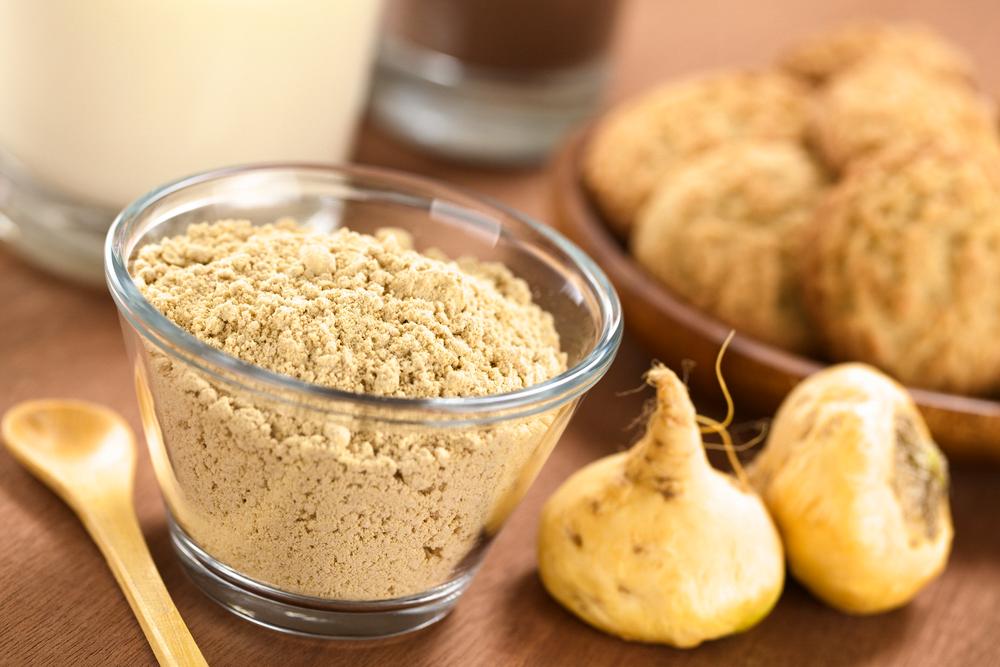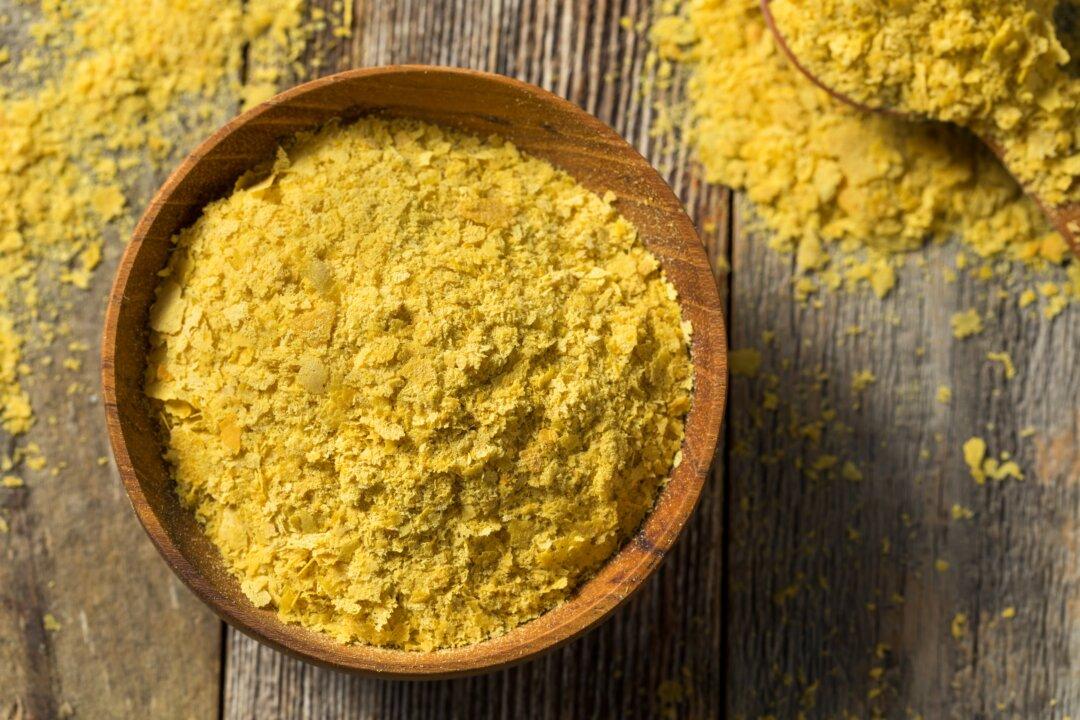The health benefits of nitric oxide (NO) may not be as well known as those of popular nutrients such as iron or vitamin C, but that doesn’t mean they are less important.
This gaseous molecule is produced in the arteries and other parts of the body and plays an important role in immune function, athletic performance, diabetes management, and more.






